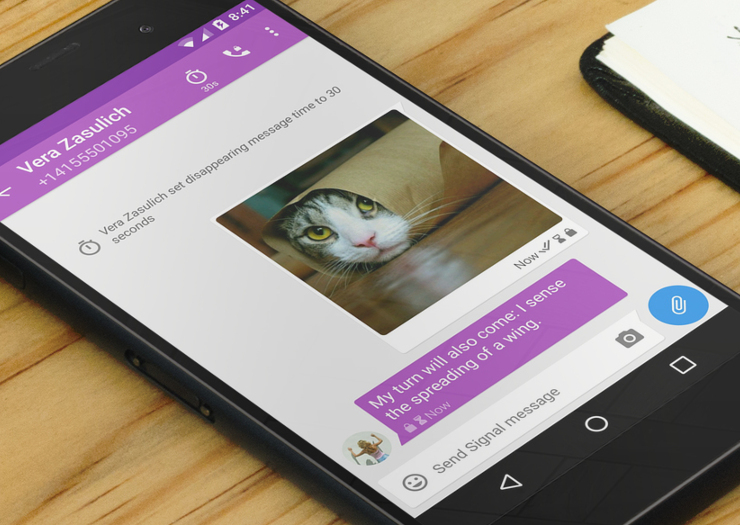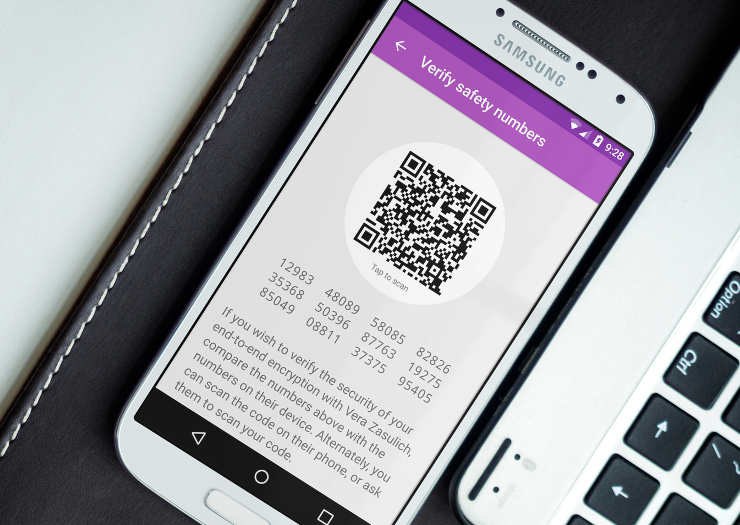
The latest Signal release for iPhone, Android, and Desktop now includes support for disappearing messages.
The timer has come
With this update, any conversation can be configured to delete sent and received messages after a specified interval. The configuration applies to all parties of a conversation, and the clock starts ticking for each recipient once they’ve read their copy of the message.
Disappearing messages are a way for you and your friends to keep your message history tidy. They are a collaborative feature for conversations where all participants want to automate minimalist data hygiene, not for situations where your contact is your adversary — after all, if someone who receives a disappearing message really wants a record of it, they can always use another camera to take a photo of the screen before the message disappears.
The disappearing timer values range from five seconds to one week, giving you a range of options for ephemeral message history.
There’s safety in numbers
This release also includes support for Signal Protocol’s numeric fingerprint format, which are called “safety numbers” in Signal.

Safety numbers can be verified by either scanning a QR code or by reading a string aloud. The numeric fingerprint format has several advantages over the old hex strings:
They’re easy to localize. Hexadecimal isn’t compatible with all alphabets, so it left a lot of people out. Likewise, using a wordlist from a single language wouldn’t be very accessible, and trying to localize wordlists to make cross-language comparisons possible is very error-prone. However, all common languages have a representation for base 10 digits that safety numbers can easily be localized into.
They’re visually and audibly distinct. Numeric representations in all languages have a lot of evolution behind them, and have been pushed towards visual and audible distinguishability.
They’re relatively compact. Users compare 12 groups of 5 digits with each other, which is half the size of our previous hexadecimal format.
View source
As always, all of our code is free, open source, and available on GitHub. Dedicated development is supported by community donations and grants. Signal contains no advertisements, and it doesn’t cost anything to use. Try it out!

